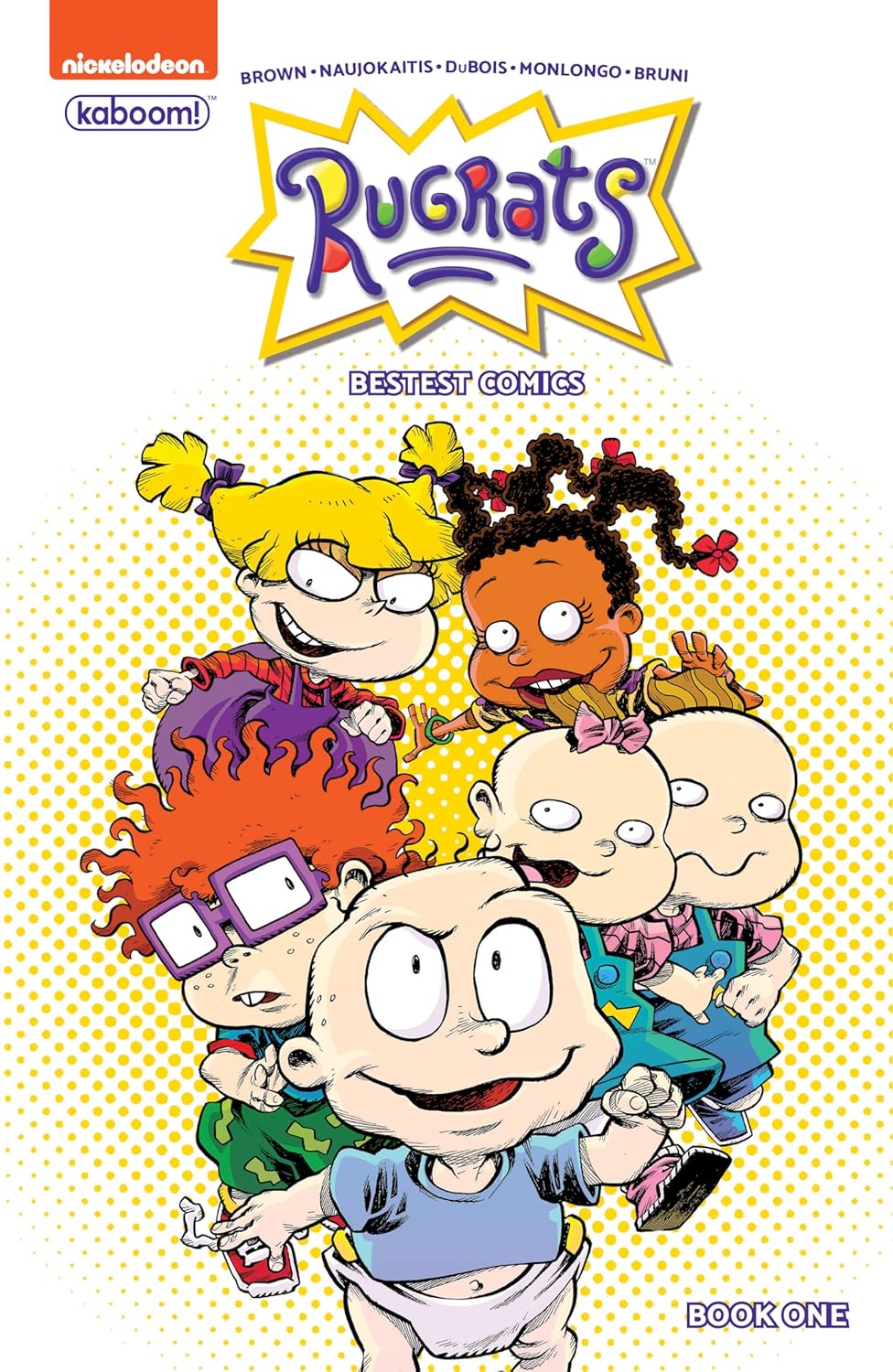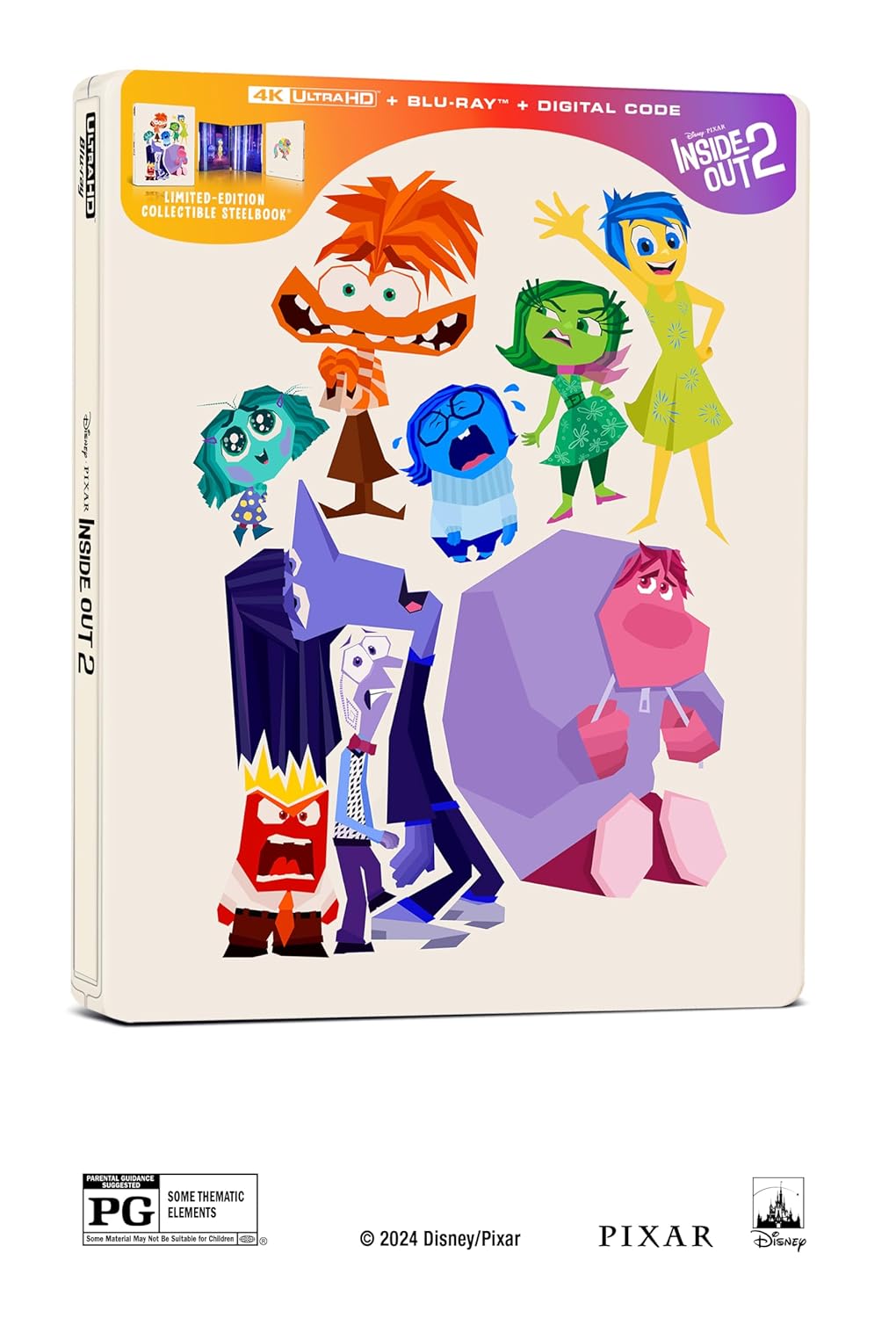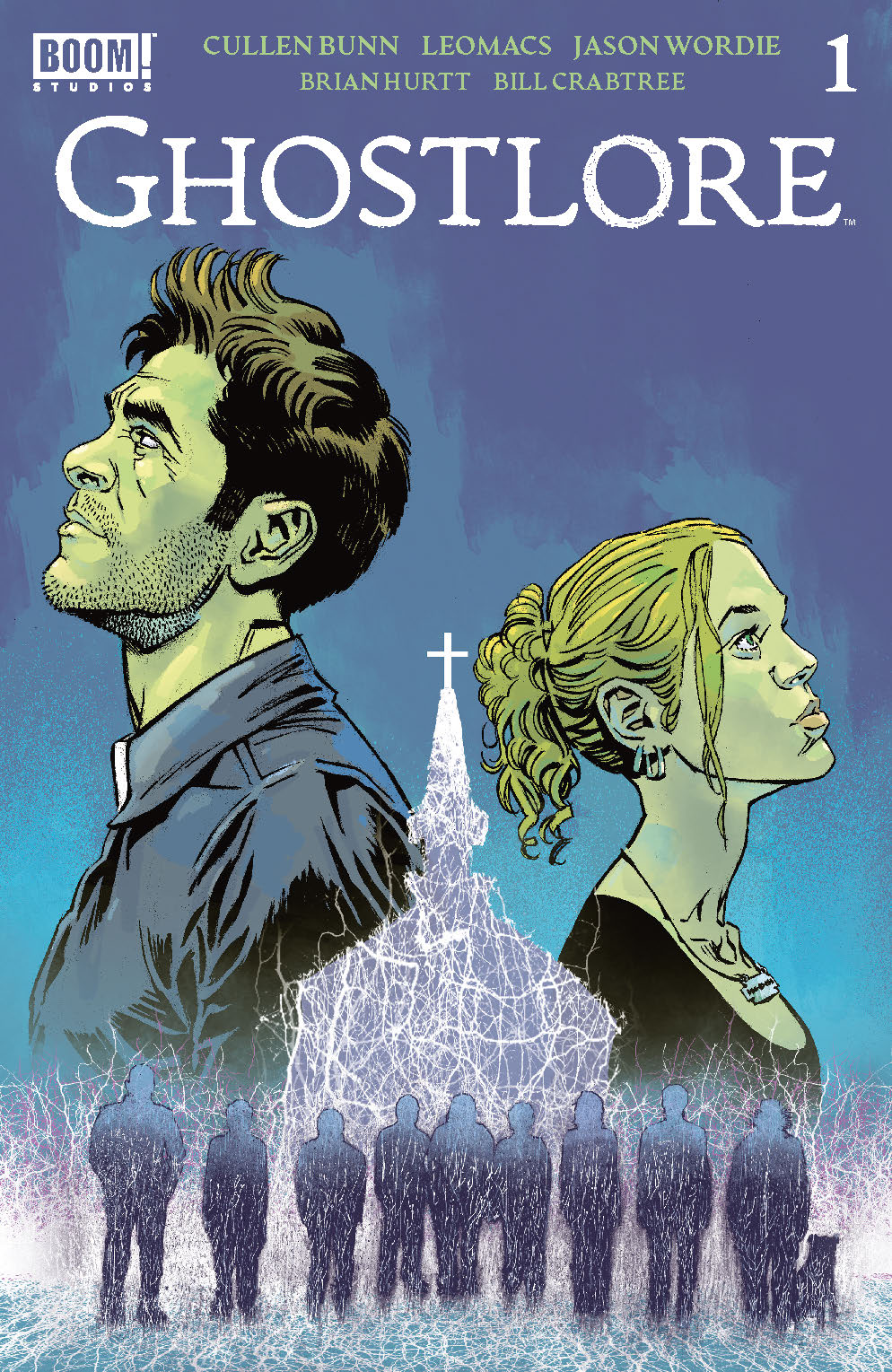
The Power Rangers are among the most popular figures in America’s (if not the world’s) pop culture community. For more than three decades, those teenagers with attitude have entertained audiences with their exploits, fighting evil from across the universe. Late last year, the Power Rangers marked their longevity with a special on Netflix that threw back to the property’s golden age, which this critic has come to call the “Zordon era” as a way to celebrate the Power Rangers’ 30th anniversary. Early this week, Boom! Studios continued celebrating the Power Rangers’ legacy with a new collection of comic book stories in the form of Power Rangers Archive: Book One. This new collection is a great jumping on point for new Power Rangers fans and for long time audiences, regardless of whether they have read any Power Rangers comics. A second collection is scheduled for release March 26 and together, the two volumes are must haves for any Power Rangers fan. That is due in no small part to their featured stories, which will be discussed shortly. The artwork exhibited throughout the collections make for just as much interest as the stories and will be discussed a little later. The bonus content that accompanies the collections rounds out their most important content. It will be addressed later, too. Each item noted here is important in its own way to the whole of these brand new, forthcoming collections. All things considered they make the anthologies must haves for any Power Rangers fan.
Boom! Studios’ brand new forthcoming Power Rangers anthology, Power Rangers Archive: Book One and its forthcoming companion collection, Power Rangers Archive: Book Two are wonderful offerings for any Power Rangers fan. The collections’ appeal comes in large part through their featured stories. Throughout the course of the two volumes, Boom! Studios has culled stories from throughout the Rangers’ history, which started in 1994 with Hamilton Comics and ran up to 2014 and its run on Papercutz. Not every Power Rangers iteration was presented over that time, but a strong portion of those franchises were represented. They include: Mighty Morphin’ Power Rangers, Power Rangers Zeo, Mighty Morphin’ Power Rangers Ninja, Power Rangers Turbo, Power Rangers Super Samurai, and Power Rangers Megaforce. Why none of the studios who handled the Power Rangers prior to Boom! Studios never took on the likes of Power Rangers Time Force, Power Rangers Ninja Storm, Power Rangers Dino Thunder, or Power Rangers Wild Force or even Power Rangers SPD, Power Rangers RPM and Power Rangers Beast Morphers is anyone’s guess. Maybe one day those franchises will see their own stories.
Throughout the studios’ runs, audiences get the origin story of the original Power Rangers, which is included in volume one (albeit in somewhat abridged fashion). That story even includes the story of how Tommy Oliver went from being the evil Green Ranger to the good Green Ranger to the White Ranger. There are also plenty of fun stories from across the Power Rangers’ decades-long life, including a really engaging and entertaining story that finds Angel Grove teen center owner Ernie unwittingly getting himself caught up in an evil twin story all to get the Power Rangers to sign an item he got from one of their battles with one of Lord Zedd’s monsters. From the Super Saumurai era, Red Ranger Jayden has to regain his memory after Oblivitor, one of Master Xandred’s many monsters, hits him with a memory wiping ray. Of course, he regains his memory just in time to help his fellow Rangers defeat Oblivitor and save the day. The whole amnesia story line has been done to death throughout the entertainment world in movies and in television but still manages to walk the line and succeed in this case. From the Power Rangers Turbo years, readers get a story involving another familiar plot device, that of the good guys being turned bad (albeit only momentarily) by mind control after Lord Zedd uses Justin’s remote control to take over machinery throughout Angel Grove. The remote control also uses its technology to take control of some of the Rangers before Justin figures out how to overcome that mind control. How he does that will be left for readers to discover for themselves. Between these stories and lots of others filling out each volume, audiences get plenty of engagement and entertainment throughout each collection. They also get a rich representation of the Power Rangers’ comics history. They collectively leave readers waiting for a hopefully third volume of stories; one that features more classic stories and even some from the Rangers’ years with Boom! Studios.
The stories that make up the bodies of the new anthologies are just part of what makes them so enjoyable. The artwork that is exhibited throughout the stories makes for its own interest. The early Mighty Morphin’ stories from the Hamilton and Marvel years presents a great, vintage hand-drawn style that is easily comparable to the vintage X-Men and Superman comics of bygone eras. This is important to note because the stories presented by Marvel and Hamilton Comics were published in the early and mid-1990s, not the 1960s and even before. Such a throwback pays wonderful homage to the artistic history of comics in general. When the Rangers jumped to Image for their brief run there, the change in style was stark, as the richness in color and the general design was so much like that of Image’s on-again/off-again title, Youngblood. As the Power Rangers’ history continued in the comics, its style changed even more, turning to a more anime style art in its Super Samurai issues. Anime is a very niche art format, so even if readers are not necessarily fans of Power Rangers Samurai (and its “sequel series, Super Samurai) such artwork will perhaps bring those readers into that realm. The anime style continues in the two Power Rangers Megaforce stories featured in the second anthology. The same statement can be made here as for the Super Samurai stories. Between the art styles noted here and themed-late 1990s art style that became commonplace in Marvel’s comics in the Power Rangers Turbo stories, the artwork presented throughout these collections is almost as diverse as the stories that make up the bulk to the anthologies’ bodies. To that end, they offer just as much to appreciate as the stories.
As much as the stories featured in these collections and their artwork do to make the anthologies engaging and entertaining, they are not all that audiences have to appreciate. The bonus content that accompanies the second anthology is of its own note. Why no bonus content accompanied the first volume as well as the second is left to guess, but that is beside the point. Among the bonuses included in the second volume are actual letters written by fans to the staff of the Power Rangers comics. There are also activity pages that include a crossword puzzle and fun little maze. Profiles of each of the original Power Rangers are also included just as from the original comics. The dossier style presentation on each character gives them such a great aesthetic. As if that is not enough, there is even a print of an original coloring page included in one of the original comics. The coloring page presents one of the Rangers’ many Megazords. In this case it looks to be the Megazord used in the original Power Rangers movie (yes, that one that starred the vile Ivan Ooze as the big bad). There are even profiles from the comic’s time with Papercutz, one of which makes note of a now controversial paranormal television star. The controversy in question surrounding the star centers on allegations he took money for appearances that he never made over the course of years. All things considered, the bonus content featured with the second anthology of Power Rangers comics puts a fun final accent to these collections and enhances the overall reading experience that much more. When all things are considered together, they make Power Rangers Archive: Book One and Power Rangers Archive: Book Two fun, must have collections for every Power Rangers fan.
Boom! Studios’ new Power Rangers comics anthology, Power Rangers Archive: Book One and its forthcoming companion collection, Power Rangers Archive: Book Two are largely successful offerings that any fan of those teenagers with attitude will appreciate. Their success comes in part through their stories. The stories are pulled from each era of the Rangers’ history on the printed page. That history, while incomplete – not every iteration of the Power Rangers was represented through its run on each company’s titles – is still a relatively respectable cross section of the Rangers’ history. That is because it offers stories that were note part of the original series and the origin story of the first rangers. The diversity in the archives’ stories is made more interesting through their artwork, which is just as diverse. From the vintage comics look that the Rangers had during their run on Hamilton and Marvel to the more modern mid-90s look that came later, to the more modern anime of the Super Samurai and Megaforce years, the artwork has something for plenty of readers to appreciate. The bonus content that accompanies the second volume adds its own little touch that makes the reading experience all the more enjoyable. Each item noted is important in its own way to the whole of these collections. All things considered they make Power Rangers Archive: Book One and Power Rangers Archive: Book Two welcome new offerings for every Power Rangers fan.
Power Rangers Archive: Book One is available now through Boom! Studios. Power Rangers Archive: Book Two is scheduled for release late next month through Boom! Studios. More information on these and other titles from Boom! Studios is available at:
Website: https://boom-studios.com
Facebook: https://www.facebook.com/BOOMStudiosComics
Twitter: https://twitter.com/boomstudios










